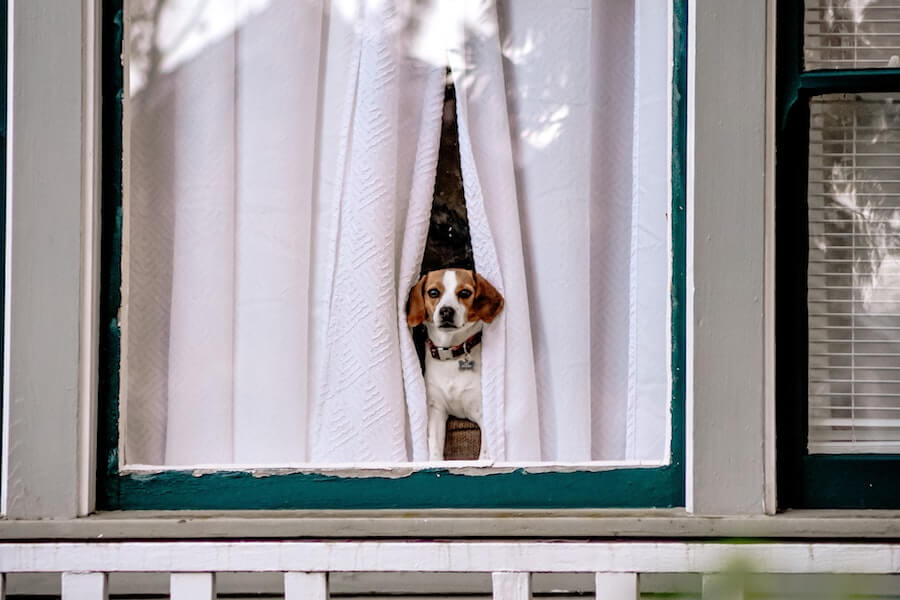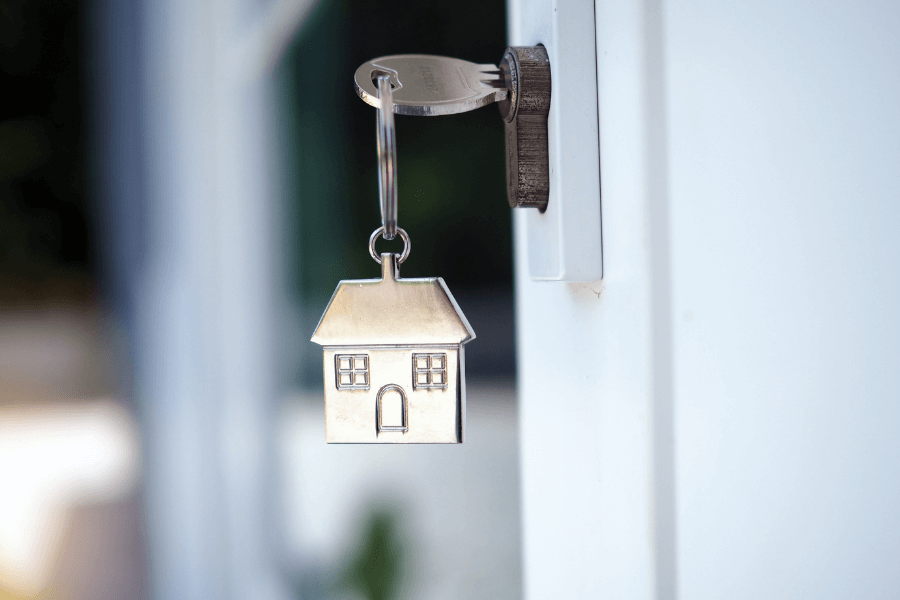Moving house can be stressful enough for us humans, but adding our pets to the mix is a whole other ball game. By nature animals don’t like loud noises, uncertainty or stress and moving to a new home will likely be a varying mix of all three.
Vets Dr Stephen Kramer and Dr Laura Woodward share some handy tips on how to move a pet into a new home that will help take the stress out of moving for parents and furbabies alike.
Like people, no two pets are the same so depending on your pet’s nature, the amount of stress they’ll be in may vary however these tips are sure to help.

Here’s how to welcome a new pet into your home.
Topics in this article:
What do you need to do before bringing a pet to your new home?
Make sure their bedding is set up in a familiar way
The first thing you should do before bringing your pet to your new home is to set up their bedding and make them feel as familiar as possible. Dr Woodward says, “Before you start moving, pack a jumper or shirt that smells like you in with your pet’s bedding. When you set them up in your new home, place the jumper on or near the bed. Your smell will be familiar and soothing to your dog or cat and they’ll feel a lot safer.”
Create a calm atmosphere
This is easier said than done when it comes to moving house, but taking a moment to relax and breathe will be good for both you and your pets. Animals are amazing in the way they pick up emotions and feelings, which is part of why we love them so much. This also means they can absorb stress and unhappiness. If you notice your pet hiding, over cleaning, or even urinating inside, it could be a sign of stress. Do what you can to create a sense of calm in the house. Play soft chilled music, avoid loud noises and keep small children and pets apart in case of tail-pulling or other behaviour, and try to use a calm, soothing voice to talk to your furry friends. You’ll benefit from this too!

How long does it take for a pet to adjust to a new home?
The answer is, ‘every pet is different’, but here are a couple of tips to help your pet ease into the new place to avoid overwhelm.
Gradually introduce them to new areas of the house
Reduce the overwhelm by keeping your dog or cat in one room for the first night, and gradually introducing them to other parts of the house over time. It will also help you and your family settle, while letting your cat or dog get used to new surroundings and smells.
Don’t let them outside straight away.
This is the ultimate no no. Cats and dogs can panic easily, so do everything you can to keep them inside for at least a few days to a week until they are completely comfortable and at home. Dr Kramer says, “If you have a dog, you’ll need to take them outside for a toilet break within the first day. Make sure you keep them on their lead and speak softly and calmly to them when they first go out.”
Cats should remain indoors until they are completely comfortable. To read more about moving cats specifically, check out this article, which also highlights recommendations when it comes to outdoor cats and local wildlife.

Last tips – make the small things count!
Time to unwind together
At the end of the day, moving house can be an exciting but also stressful event for all involved. Take some time out of it all to celebrate the achievement, enjoy the new home feeling with the ones you love and reassure those who shared the move with you that it’s all going to be alright. Hint: treats help everyone.
Feed them at regular times in the new home
Like people, pets prefer a routine. Wherever you are in the unpacking process, make sure to set up their bowls of water and food as they’re used to, and at the usual time. This will reinforce a sense of regularity and remind your pets that the situation is the new normal.





